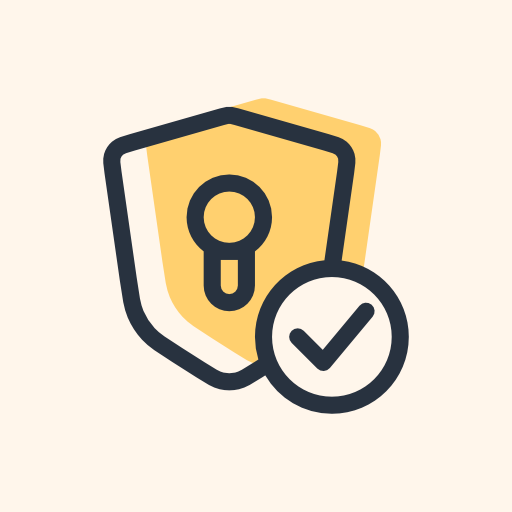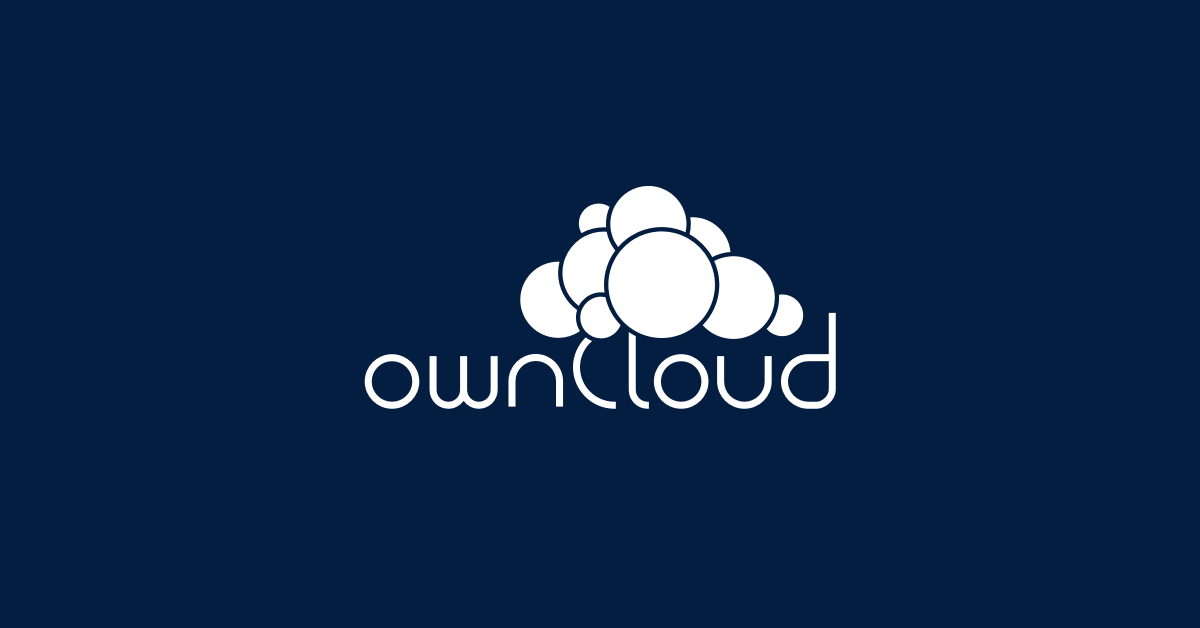

I researched this a little while ago. The new protocol is licensed by Google and has not been released to the public. Also, unless everyone in the middle supports the protocol, messages are routed through Google’s network.
I settled on Signal for people who will switch and SMS for the rest. I do plug Signal when I can, like sending images between Apple & Android are degraded, but not on Signal.



I’ve been trying to learn K8s and more recently the Gateway API. The struggles are that most Helm charts don’t know Gateway (most are barely Ingressroute) and I’m trying to find a solution to one service affecting the other gateways.when a service cannot find a pod, the httproute fails and when one route fails, the ingress fails. It’s a weird cascading problem.
Right now, I’m considering adding a secondary service to each gateway that resolves to a static error page. I haven’t looked into it yet; it cane to me in the brief moment of clarity before I fell asleep last night.
Also, I may be doing everything wrong, but I am learning and learning is fun.